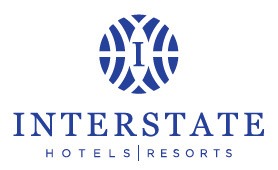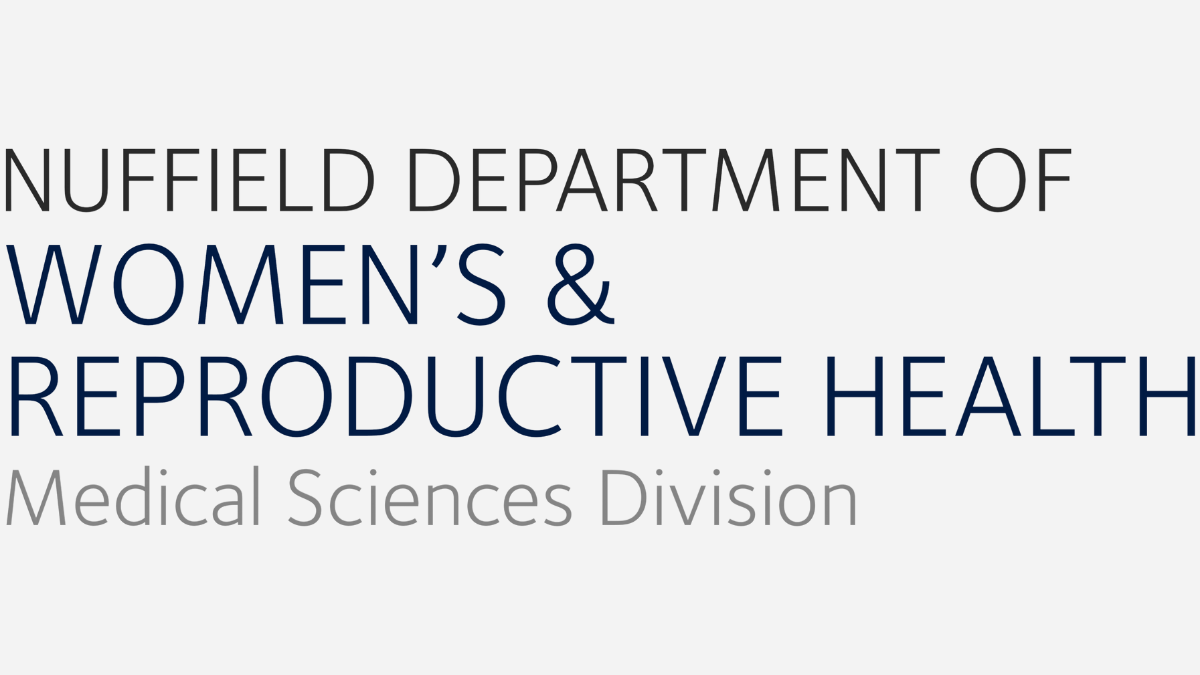by Michael Gravelle, CHRP, Managing Director, The McQuaig Institute
Four Steps to Effective Succession Planning – download full article
With the number of employees approaching traditional retirement age increasing dramatically over the next decade, succession planning has found itself on the front burner for many companies.
Succession planning is the process of preparing internal staff to meet the future needs of the organisation. It also helps organisations retain their best people, because they appreciate the organisation’s investment in their development. It is sometimes referred to as succession management to reflect the ongoing nature of the process.
The succession planning process is similar to the recruitment process in that it entails:
- determining the organisation’s needs for current roles or for future roles that may not be clearly defined
- assessing candidates for those roles
- revealing where gaps exist, to probe in the interview process or to determine development plans
As such, The McQuaig System can support the succession planning process in four key areas.
1. Determining Job Requirements
A critical first step in succession planning, once you have secured senior leadership buy-in, is to establish the competencies – the summation of skills, knowledge, experience and behaviours – required for key leadership roles. While the skills, knowledge and experience may vary significantly based on the business unit or department, the success behaviours may be more consistent across different roles, especially if the organisation has a distinct, homogenous culture.
Traditional succession planning can be more accurately described as replacement planning – it was based on the underlying assumption that the organisational structure and workforce will remain stable. In replacement planning, a small number of successors for a specific role are targeted and over a period of time their skill sets are developed to meet the needs of that role.
Usually a key successor is selected and a back-up is picked. Succession Planning today needs to be more flexible, with greater focus on broader leadership capabilities as opposed to knowledge and experience enhancement. Companies have become less layered and roles tend to evolve more quickly, so honing knowledge and skills for a specific role may be time and effort wasted if the role is re-defined.
Another reason why the traditional replacement planning model is less effective today is that the successors may not have the same loyalty to the company as the retiring baby boomers. Six in 10 employees intend to pursue new job opportunities in 2010, according to a recent survey of North American workers polled by Right Management. In this environment, selecting only one or two potential successors puts the company at risk should those employees leave. A more suitable model is one which emphasises building a deeper talent pool with cross-functional potential.
This is where The McQuaig Job Survey® can help. By completing a simple on- line questionnaire outlining critical success factors for a specific role, multiple stakeholders can provide input and reach consensus on the leadership behaviours required moving forward. Engaging multiple stakeholders reinforces their commitment to the process and reduces the inclination to try to “clone” the incumbent, an inherent problem with the traditional replacement planning approach.
The Leadership Profile is a report generated in The Job Survey that pinpoints the key leadership behaviours required in a number of areas including motivating staff, teambuilding, decision making, problem solving and leading change.
The leadership behaviours generated by The Job Survey are distinct from the specific skill sets that may be required in different functional areas. Our experience at The McQuaig Institute® is that there is a consistent set of behaviours that companies like to see in all leaders, though the degree may vary based on the functional area. For example, drive for results is a quality that you would expect in most leaders but you would require a greater degree in a director of sales than in a claims director.
2. Determining High Potentials
An objective assessment of an individual’s potential for success at higher levels of responsibility provides important information to determine successors and their individual development plans. Common mistakes when assessing potential are often due to two related assumptions:
- success at one level is the best predictor of success one-level up
- the boss is the best judge of potential
As a result, companies experience the halo effect, much as they do in the recruitment process. Great emphasis is placed on the current manager’s evaluation of an employee’s current performance and the assessment exercise focuses on performance instead of potential.
The predicament that many organisations face is that the line between performance and potential is often blurry and becomes clear only when the Peter Principle kicks in. The McQuaig Institute’s research indicates profiles of high-performers and high- potentials can differ significantly, especially in technical disciplines.
A shift to a more objective assessment of potential can be facilitated by a comprehensive understanding of an individual’s core temperament, which will determine if the individual has the natural leadership style to take it one level up. For example, will he or she be able to effectively persuade others or make decisions when faced with ambiguity?
Temperament theory maintains that every person has a unique, natural disposition or style that he or she will fall back on, especially when faced with new challenges. From a succession planning perspective, the question is, will this natural style work in the new role?
The Word Survey can provide an objective overview of a person’s natural leadership style. McQuaig results often challenge assumptions based on the individual’s current performance.
An assessment of temperament is an integral part of a structured approach to determining potential. Other factors include:
- performance ratings
- business results
- feedback from direct manager, senior managers and direct reports
- skills assessment
- technical and professional designations
- past work experience
- specific accomplishments within the organisation
3. Gap Analysis
Traditional replacement planning seeks to uncover experience, knowledge and skills gaps in high potentials and provide the appropriate training and learning experiences to close those gaps. Modern succession planning seeks to build bench strength by creating a talent pool with broader based leadership capabilities.
The Gap Analysis provided in the Job Fit report highlights behavioural gaps for succession planning just as it does for selection decisions. Potential candidates are compared to a predetermined job profile, gaps are identified as well as areas where they have natural strengths that need to be fine-tuned.
The focus of the Job Fit report is temperament, the innate tendencies that impact every person’s leadership style. For example, when faced with an underperformer, how do they deal with it or how would they behave if a key proposal was challenged?
Most people have the ability to flex their behaviours when the situation warrants it but a number of significant gaps may indicate significant energy invested by the organisation and the individual to prepare them for a future role.
4. Executing a Development Plan
In a recent study published by the American Society for Training and Development, only 14% of respondents describe their organisations’ succession planning efforts as effective. Larry Bossidy, in his bestseller, Execution, cited that many great strategies and plans fail because of poor execution.
One of the key reasons succession planning efforts are not as successful as they could be relates to the subtle distinction between succession planning and succession management that we referenced at the start of this paper. Too many companies assume that succession is a planning exercise rather than an ongoing management process.
Effectively implementing a succession plan requires:
- Time lines for development.
- Performance feedback mechanisms.
- Leaders who are held accountable for developing and tracking the progress of successors.
- Development codified as an organisational priority.
Once developmental areas are established, the high-potential receives a number of developmental suggestions which can be extracurricular, like books to read or an online course to attend, on-the-job assignments such as heading a meeting or task-force committee, or more complex like stretch assignments and job rotation.
The McQuaig Self-Development Survey®, used in combination with the Job Fit Report can support the implementation process by providing simple actionable feedback which high potentials can use either to build upon an existing strength or to address an area which may be a road block to their success.
For example, a customer service manager who is naturally strong on building relationships with staff may need to develop a better understanding of financials to advance to a role with P & L responsibility. A relevant action item generated by The Self-Development Survey is provided below:
Make numbers your friend. Get to know percentages, dollar figures and bottom line financial details – any information that is important to success in your role and the success of your organisation.
The next step in the process is to make the action item something that can be measured. We have all heard of SMART goals – specific, measurable, attainable, realistic and timely. The Self-Development Survey Action Plan provides the format for high-potentials to sit with their manager or mentor and turn the above recommendation into a SMART goal.
The Self-Development Survey is generated with multiple electronic Action Plans so that the successor can tackle one or two Action Items and then return to the Self-Development Survey at a later date.
Conclusion
The combination of retirement age leaders and a heightened competition for good talent is a succession crisis in the making for many businesses. Organisations that do not invest in the development and preparation of their employees for more senior roles risk lost organisational knowledge, experience and increased turnover of their most promising people.
It’s the role of every manager to help their top talent develop their fullest potential by challenging them and building their leadership competencies.
The McQuaig System is one tool that can add structure and objective to the process of selecting and building future leaders.
Four Steps to Effective Succession Planning – download full article











